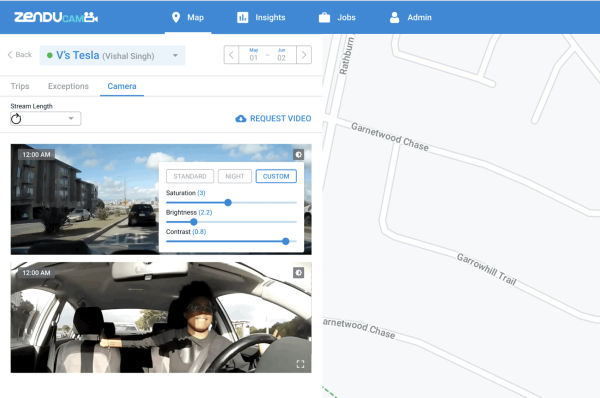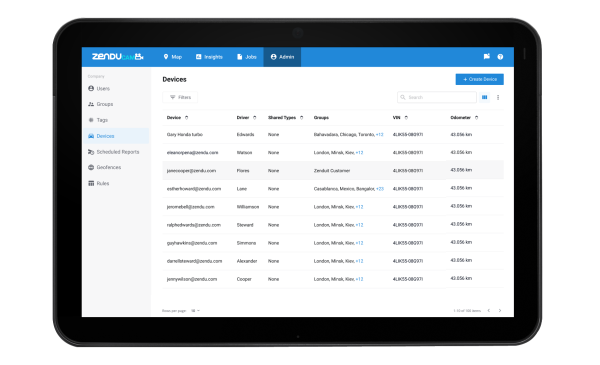
Fleet telematics is fast becoming a universal tool towards improving driver safety and productivity. Fleets that are connected can better assess and improve areas such as fuel consumption, driving behaviour and compliance.
Telematics has the power to close gaps within fleet safety and productivity, while solving future concerns before they become problematic.
Below, we’ve identified five of the easiest ways that telematics can help you identify areas of concern within your fleet.
#1: Telematics Can Help You Improve Driver Safety
At its core, fleet telematics provides managers and other stakeholders with valuable information about driver behaviour, especially those bad habits that could create a risk for your fleet and fellow motorists. This could include speeding, harsh braking, drowsy or distracted driving.
These behaviours not only cause an issue on the road, but can have an impact on your vehicles and payload.
Empowered with telematics data, fleet managers can proactively coach drivers in real-time when a driving event is triggered. Furthermore, stakeholders can use data sets to proactively enforce compliance, provide ongoing training and incentivize good behaviour on the road.
#2: Telematics Provides Consistent Location Tracking
With telematics data, you always know where your vehicles are. Real-time access to vehicle location aids businesses in a number of ways:
- Ensures proper safety measures can be executed in the event of an accident.
- Provides visibility into a driver’s schedule and routes while ensuring that hours of service are being respected.
- Tracking vehicles enables managers to plan routes more efficiently, reducing fuel and maintenance costs.
Telematics allows managers to remain connected to their fleet, minimizing safety risks and improving overall communication between themselves and their drivers.
#3: Telematics Can Minimize the Risk of Maintenance Problems
Features such as maintenance reminders and alerts offer fleet managers more insight into overall vehicle health, reducing downtime and getting ahead of potential problems before they occur.
Telematics can help with scheduled maintenance, taking the guesswork out of your fleet’s condition, lowering operational costs, improving overall efficiency and keeping your drivers safe on the road.
#4: Telematics Automates and Manages Compliance
Telematics tools help organizations meet their compliance requirements by automating the entire process.
- Avoid hefty fines for non-compliance
- Cut down on administrative work
- Claim off-road refunds and rebates
- Manage hours of service while your drivers are on the road
Managing compliance accurately means measuring compliance on and off the road. Telematics can help automate the experience, saving you manpower and improving operational efficiency.
#5: Telematics Can Help You Build a Safety Culture Within Your Organization
Implementing fleet telematics allows organizations to establish a reward system for drivers when they meet safety goals and compliance requirements. It also helps incentivize continuous training and improvement by:
- Reducing the number of traffic accidents
- Enhancing corporate morale and driver retention
- Reducing insurance premiums and false claims
- Developing safer, more accountable staff
Telematics can provide a wide range of benefits to fleets by improving driver safety and productivity. Installing a telematics solution for your fleet can help you realize lower costs, driver safety and increased productivity.
Contact us at ZenduiT today to learn more about our scalable, intuitive solutions.









